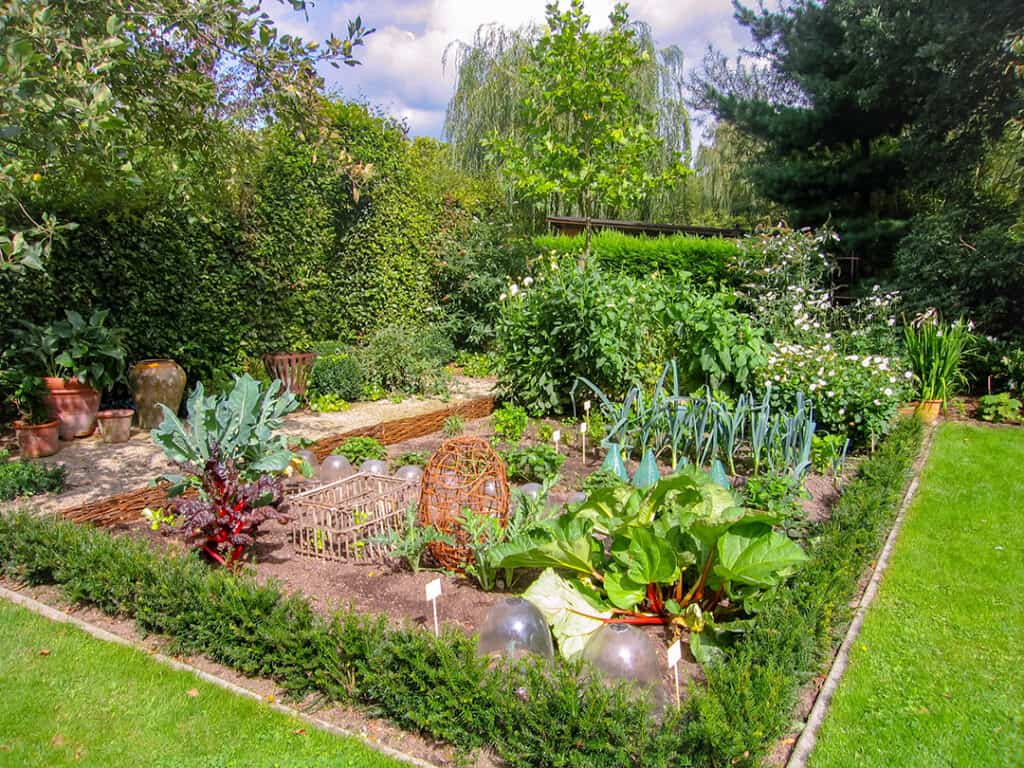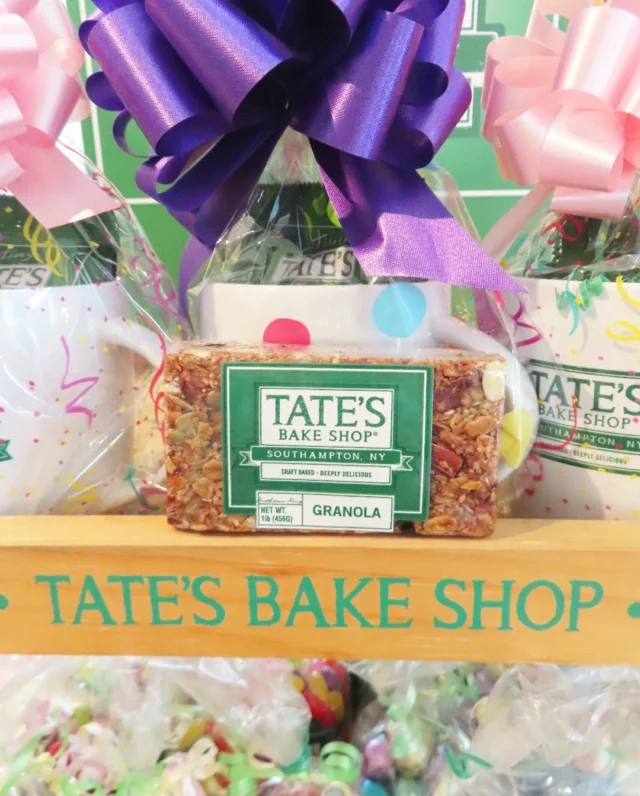Tips for starting your own East End garden this spring.
How to start a garden: Never had a garden before? I highly recommend it! It’s easy to do, great to do with young kids — get them away from their screens for a while. It’s satisfying and rewarding.

My parents always had a garden, and when my brother and I were young, we each got our own little patch, with a tomato plant, a pepper plant, a few marigolds and petunias.
We have both always had a garden wherever we lived. It’s a good thing to do. If you plant flowers you get to enjoy their colors and fragrances. Bring some inside the house for bouquets.
If you grow vegetables, you get to eat them (there is nothing like the flavor of a freshly picked tomato!). Grow herbs and you can pick them fresh to use in cooking.
Your first garden can be a patch in the ground or a group of pots on a sunny deck or patio.
The first step is to decide where to put your garden. For the greatest choice of plants, look for a spot that gets bright sunlight for 6 or more hours a day. A location in light, dappled shade will also allow you a good choice of plants. Don’t plant your garden where it will be in deep shade cast by your house, evergreens, or other shade trees with a heavy canopy.
It’s a good idea to spread some compost on the soil and dig it in before you plant anything. If you’re going to have your plants in pots, you can find potting soil mixes at local nurseries and garden centers, along with bags of compost to mix in.
If you’re going to make your garden where there’s lawn right now, you’ll need to first dig up the grass before you prepare the soil.
When you have your garden dug and you’ve decided what you want to grow, you have to know when to plant the vegetables, herbs and flowers you want to grow. The calendar isn’t always a reliable guide to when to plant your garden.
Some things can go into the ground before the last frost in spring; others need frost danger to be past and the soil warm. The dates of last frost vary from year to year; the last frost date you’ll see in almanacs and on gardening websites are averages.
A better way to know when it’s safe to plant is to use phenology — the study of seasonal indicators of climate.
One good indicator to use is a lilac bush. These old-fashioned shrubs are loved for their sweetly fragrant flowers. They only bloom for a few weeks, but their scent is a little bit of heaven. And watching them gives you a reliable guide for planting.
When the lilacs’ earliest leaves have grown out past the buds that enclosed them, it’s safe to plan cold-hardy plants: flowers such as sweet alyssum and pansies, vegetables like peas, lettuce and spinach, and herbs like parsley and chervil.
When the lilacs are in full bloom — all the flowers on most of the plant are fully open (and wonderfully fragrant), it’s time to plant warm weather flowers like marigolds and geraniums, vegetables including tomatoes, peppers and corn, and herbs like basil.
Spring weather on the East End is often unpredictable — watch nature and take her cues.








![Join us May 6th at The Harmonie Club for the Spring Salon Luncheon, a beautiful gathering in support of a truly meaningful cause. Together, we’ll raise critical funds and awareness for @campgoodgriefeeh—@eastendhospice’s summer bereavement camp helping children and teens navigate loss with compassion, connection, and healing. [link in bio]](https://hamptonsrealestateshowcase.com/wp-content/uploads/sb-instagram-feed-images/491527001_18506092897030135_3117653411609489602_nfull.webp)
![Welcome to this exquisite custom-built home in the prestigious Quogue South estate section, just moments from Dune Road and some of the world’s most breathtaking ocean beaches. Completed in 2024, this expansive shingle-style residence offers 6 beds, 7 full and 2 half baths, a separate legal guest cottage, heated gunite saltwater pool with spa, all set on a beautifully manicured 0.74± acre lot. Represented by @lauren.b.ehlers of @brownharrisstevens. [link in bio]](https://hamptonsrealestateshowcase.com/wp-content/uploads/sb-instagram-feed-images/491516869_18505931593030135_4655757731678000577_nfull.webp)
![Discover 11 Oyster Shores, a unique marriage of thoughtful design, uncompromised execution and meticulous craftsmanship expressed across nearly 6,000± sq. ft. of highly curated living space. Brought to life under the watchful eye of Blake Watkins, the visionary behind WDD, the project is a refreshing departure from the ordinary. Represented by @nobleblack1 of @douglaselliman. [link in bio]](https://hamptonsrealestateshowcase.com/wp-content/uploads/sb-instagram-feed-images/491440257_18505740808030135_9064730571228880657_nfull.webp)
![Reserve your ad space now in the Memorial Day “Summer Kick-Off” Issue of #HRES! 🍋 Be seen by high-end buyers and sellers across the Hamptons, Manhattan, and South Florida—just in time for the start of the season. Secure your spot today and make waves this summer 🌊☀️ [link in bio]](https://hamptonsrealestateshowcase.com/wp-content/uploads/sb-instagram-feed-images/491441694_18505573426030135_4475989184561040528_nfull.webp)

![Tuesday, April 15, was Tax Day for most, but for someone in Palm Beach, it was closing day! The nearly 8,00± sq. ft. Mediterranean-style residence at 240 N Ocean Boulevard, with direct ocean views and a private, 100-foot beach parcel, closed at exactly $26,670,750. The seller was represented by Jack Rooney of @douglaselliman and Elizabeth DeWoody of @compass while Dana Koch of @thecorcorangroup brought the buyer. [link in bio]](https://hamptonsrealestateshowcase.com/wp-content/uploads/sb-instagram-feed-images/491445351_18505056166030135_4907944420436119099_nfull.webp)
![Previously featured on our 2024 Columbus Day issue cover, 74 Meeting House Road has officially sold! This stunning new construction in Westhampton Beach offers the perfect blend of thoughtful design and timeless style. Congratulations to @kimberlycammarata of @douglaselliman who held the listing! [link in bio]](https://hamptonsrealestateshowcase.com/wp-content/uploads/sb-instagram-feed-images/491441951_18504901357030135_2664904795600183799_nfull.webp)
![Located South of the highway in Southampton this 4 bedroom, 5.5 bath multi-story property, offers extensive exterior architectural detail throughout. 60 Middle Pond Road offers breathtaking views and tranquil living, nestled along the serene shores of Middle Pond and Shinnecock bay. Represented by @terrythompsonrealtor @douglaselliman. [link in bio]](https://hamptonsrealestateshowcase.com/wp-content/uploads/sb-instagram-feed-images/491451873_18504686110030135_5284427082339135969_nfull.webp)
